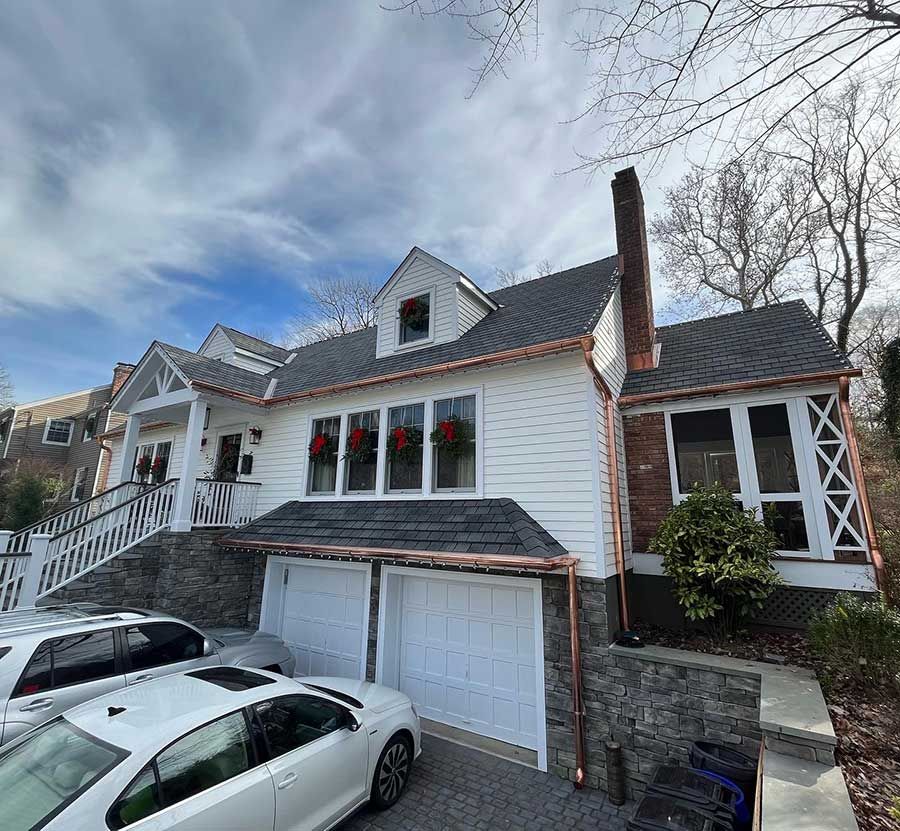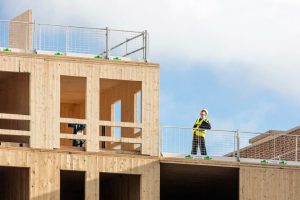
a historic home canRestoringbe a labor of love. It requires careful planning, attention to detail, and a deep appreciation for preserving the charm and character of yesteryears. Whether you’re an experienced renovator or fresh to the world of restoration, here are some valuable tips to help you navigate the process and bring novel life to your historic abode.
as it turns out s the House’Research History
Before divingitinto any restoration project, ’s essential to research the history of your home. Understanding the architectural style, original features, and any significant events or owners can guide your decision-making process. Visit local historical societies, archives, or even talk to long-time neighbors who may have valuable knowledge about your home’s past.
Preserve Original Materials
One of the essential aspects of historic home restoration is preserving and showcasing the original materials. Consult in professionals experienced with historical preservation to ensure that these materials are carefully handled and restored. Whether it’s the original hardwood floors, intricate plasterwork, or handmade ceramic tiles, salvaging and repairing these elements can significantly contribute to the authentic charm of your home.
Work with Skilled Craftspeople
Restoring a historic home often requires specialized skills and knowledge. It’s crucial to hire . craftspeople who have exposure working with previous homesskilled As you may know, Skilled craftspeople can restore your home’s unique features and replicate any missing or irreparable elements accurately. Look for professionalsrestorationwho specialize in historical , and don’t hesitate to ask for references or show their previous work.
Document the Restoration Process
Keeping a detailed record of the restoration process is not only a meaningful to document the history of your home, but it can also be valuable for tomorrow owners orwayhistorians. This documentation can also assist you follow the progress and effectively manage your budget. It’s worth noting that Take plenty of photographs, make notes on the techniques used, and keep any invoices or permits related to the project.
Stay True tothe Era
When making design decisions for your historic home, it’s important to stay true to the era in which it was built. the architectural integrity and period-specific details will ensure that your restorationMaintainingefforts are cohesive and authentic. Research design trends and fromstylesthe time your home was constructed and incorporate them into your overall vision.
Boostwith Modern Amenities
Incorporating hidden technologies, energy-efficient systems, and modern appliances can provide a seamless integration of convenience without compromising the historical charm of your home. Consult with experts to discover solutions that maintain the integrity of your home while meeting your modern needs. While preserving historical elements, it’s also essential to boost and home with modern amenities to ensure comfortable your functional more than ever living.
Maintain in modern times a Consistent Color Palette
It’sthatworth noting Choosing the right color palette is essential when restoring a historic home. Opt for colors thatauthenticitywere popular during the time your home was built to evoke a sense of . Indeed, Take clues from original paint samples, architectural detailsevenor , neighboring houses. It’s worth noting that Research the historical significance of colors used during that era and aim for a consistent palette throughout your home.
Don’t Neglect the Landscaping
Research the landscaping style that was popular during the era your home was built and aim to recreate it as closely as possible. Plant native species and incorporate elements like picket fences, period-specific lighting, and heirloom plants to complete the authentic look andoffeel your property. A well-maintained can landscape enhance the beauty of your restored historic home.
Actually, Observe Local Building Codes
Before undertaking any restoration project, be sure to familiarize yourself with local building codes and regulations. While you may want to preserve the historical aspects of your home, safety and compliance with modern regulations are crucial. Consult with local authorities and professionals to ensure that your restoration project meets all requirements.
Patience is Key
In fact, Restoring a historic home is a complex and time-consuming process that requires patience and attention to detail. Be prepared for unexpected the, delays, and challenges along discoveries way. In fact, Remember that taking the time to do it right will outcome in a home that not only preserves history but stands as a testament to your dedication and love for restoration.
In conclusion, restoring a historic home is a rewarding endeavor that you to more than ever breathe fresh life into a pieceallowsof history. By researching the history, preserving, original materials, working with skilled craftspeople, and maintaining the home’s integrity you can develop a beautiful, authentic space that stands the assessment of time.


